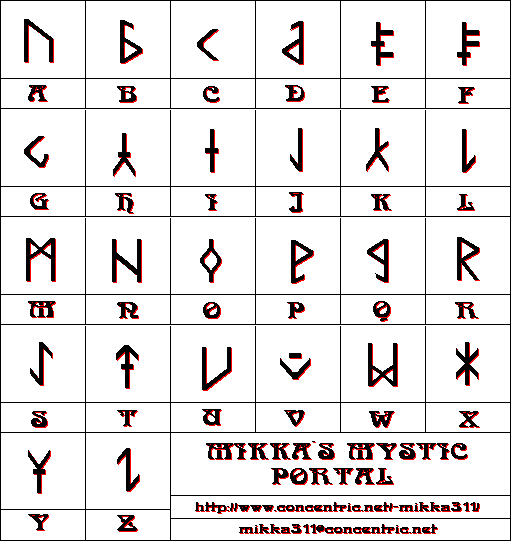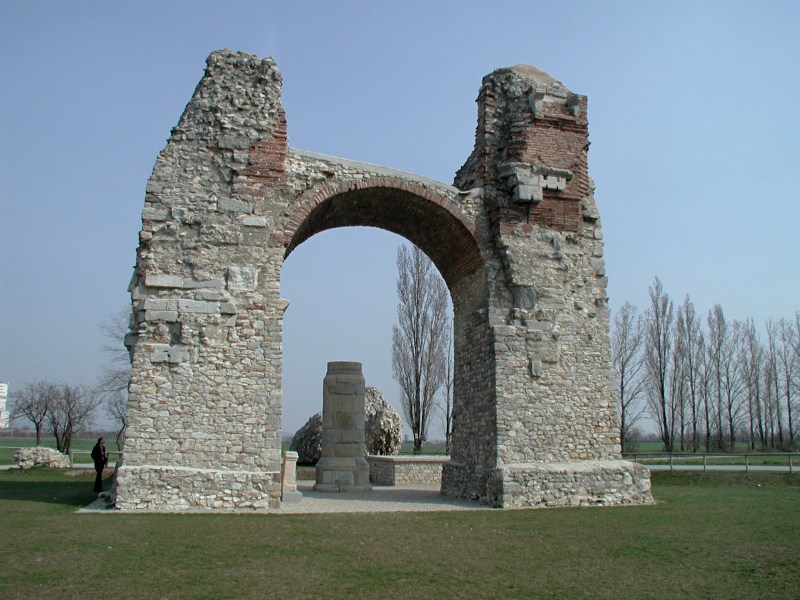The official language, as in the rest of Italy, is Italian. The traditional local languages are the various dialects of Lombard (Western Lombard and Eastern Lombard), as well as some dialects of Emilian, spoken in some parts of the provinces of Mantua, Pavia and Cremona. These are not widely spoken due to intense immigration from other parts of Italy whose local dialects were not intelligible with Italian.
Lombardy is bordered by Switzerland (north: Canton Ticino and Canton Graubünden) and by the Italian regions of Emilia-Romagna (south), Trentino-Alto Adige/Südtirol and Veneto (east), and Piedmont (west). Three distinct natural zones can be fairly easily distinguished in the Lombardy region: mountains, hills and plains - the latter being divided in Alta (high plains) and Bassa (low plains).
The most important mountainous area is an Alpine zone including the Lepontine and Rhaetian Alps, (Piz Zupo, 3,996 m), the Bergamo Alps, the Ortles and Adamello massifs; it is followed by an Alpine foothills zone Prealpi, which include the main peaks are the Grigna Group (2,410 m), Resegone (1,875 m) and Presolana (2,521 m). The great Lombard lakes, all of glacial origin, lie in this zone. From west to east these are Lake Maggiore, Lake Lugano (only a small part is Italian), Lake Como, Lake Iseo, Lake Idro, then Lake Garda, the largest in Italy. South of the Alps lie the hills characterized by a succession of low heights of morainic origin, formed during the last Ice Age and small barely fertile plateaux, with typical heaths and conifer woods. A minor mountainous area lies south of the Po, in the Appennines range.
The plains of Lombardy, formed from alluvial deposits, can be divided into the Alta - an upper, permeable ground zone in the north and a lower zone characterized - the Bassa - by the so-called line of fontanili (the spring waters rising on impermeable ground). Anomalous compared with the three distinctions already made is the small region of the Oltrepò Pavese, formed by the Apennine foothills beyond the Po River. A large number of rivers, all direct or indirect tributaries of the Po, cross the plains of Lombardy. Major rivers, flowing west to east, are the Ticino, the outlet of Lake Maggiore, the Olona, the Lambro, the Adda, outlet of Lake Como, the Mincio, outlet of Lake Garda, and the Oglio, the Lake Iseo outflow. There is a wide network of canals for irrigation purposes. In the plains, intensively cultivated for centuries, little of the original environment remains. The rare elm, alder, sycamore, poplar, willow and hornbeam woods and heaths are covered now by several protected areas. In the area of the great Alpine foothills lakes, however, grow olive trees, cypresses and larches, as well as varieties of subtropical flora such as magnolias, azaleas, acacias, etc. The mountains area is characterized by the typical vegetation of the whole range of the Italian Alps. At a lower levels (up to approximately 1,100 m) oak woods or broadleafed trees grow; on the mountain slopes (up to 2,000--2,200 m) beech trees grow at the lowest limits, with conifer woods higher up. Shrubs such as rhododendron, dwarf pine and juniper are native to the summital zone (beyond 2,200 m).
The climate of this region is continental, though with variations depending on altitude or the presence of inland waters. The continental nature of the climate is more accentuated on the plains, with high annual temperature changes (at Milan an average January temperature is 1.5 °C and 24 °C in July), and thick fog between October and February. The Alpine foothills lakes exercise a mitigating influence, permitting the cultivation of typically Mediterranean produce (olives, citrus fruit). In the Alpine zone, the valley floor is relatively mild in contrast with the colder higher areas (Bormio, 1,225 m, --1.4 °C average in January, 17.3 °C in July). Precipitations are more frequent in the Prealpine zone (up to 1,500--2,000 mm annually) than on the plains and Alpine zones (600 mm to 850 mm annually). The numerous species of endemic flora (the Lombard native species) are typical mainly of the Lake Como area.




